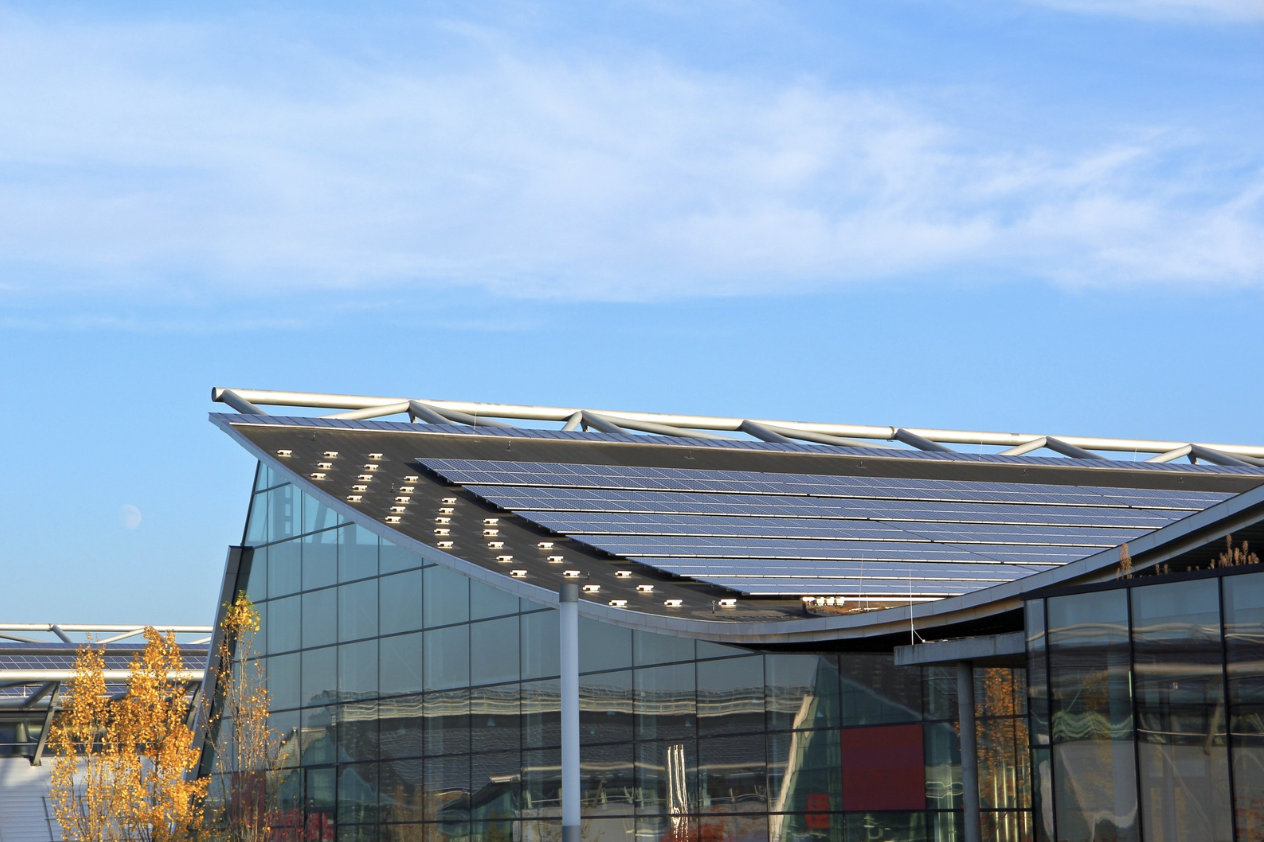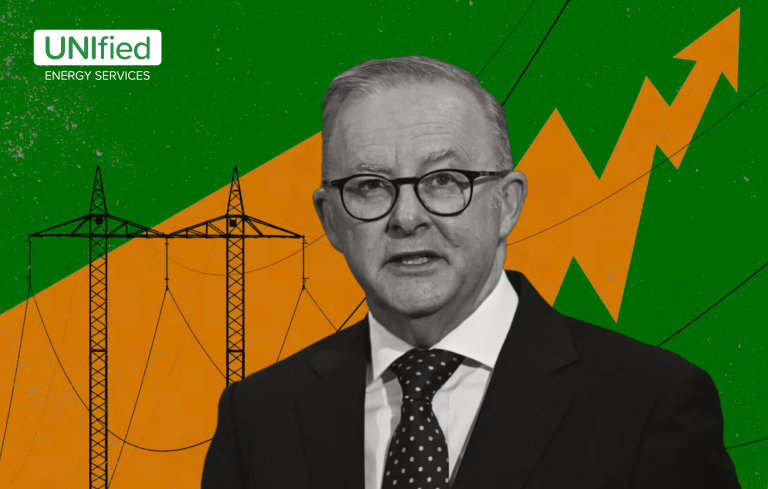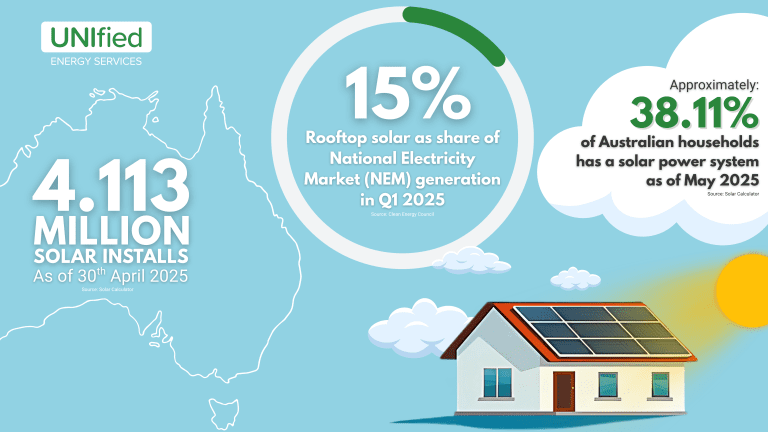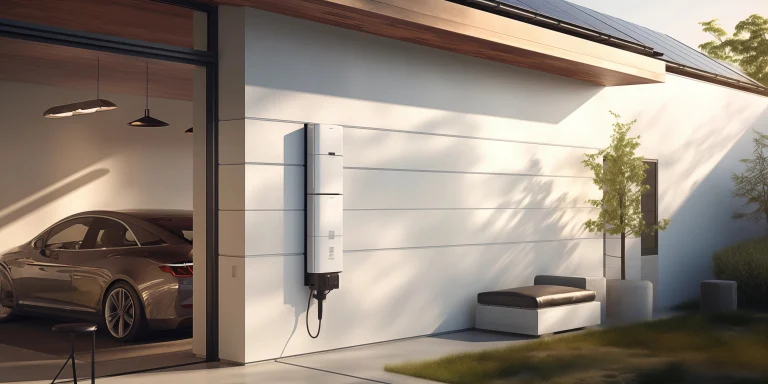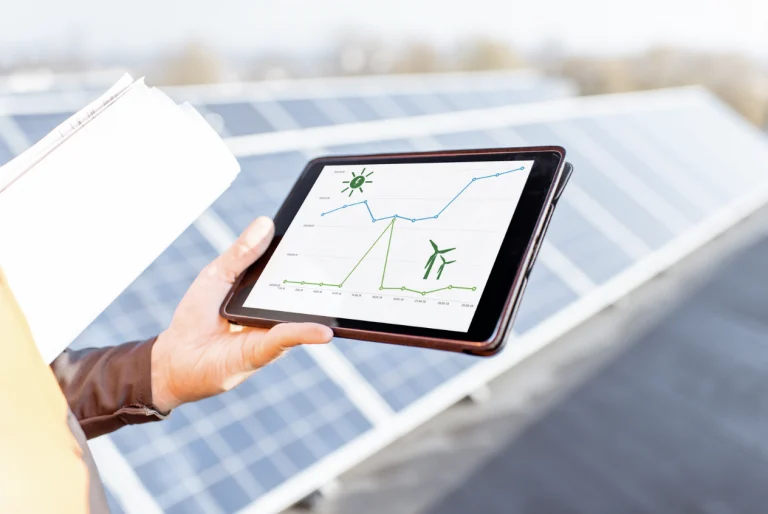As businesses around the world make a concerted effort to slash their carbon footprint and fulfill their ESG goals, embracing renewable energy sources has surged in popularity.
One of the easiest ways for businesses to smoothly transition to renewable energy without any need for substantial upfront investment is by diving into the realm of Power Purchase Agreements (PPAs).
What is a PPA and how does it work??
A behind-the-meter PPA is an agreement between a business and the renewable energy provider for the installation of a renewable energy system such as solar on the business’s premises. The energy generated by the solar system is consumed on-site, reducing the business’s reliance on grid-supplied electricity.
It is basically a long-term commitment for the business to procure clean energy at a fixed rate, protecting them against tumultuous energy markets and surging energy expenditures.
It is not surprising that PPAs have now evolved into an increasingly favoured option for businesses aiming to whittle down their environmental impact, future-proof their energy supply, and rake in cost savings on their energy bills.
What are the benefits of PPAs?
- Cost savings: PPAs offer the advantage of lower energy costs. The fixed rate they provide is typically cheaper than standard retail energy rates. This fixed rate remains steady, shielding against energy market fluctuations and rising electricity prices. Businesses can effectively manage their energy expenses and plan for the future by securing this fixed rate.
- No upfront expenses: There are minimal to no upfront costs associated with installing and maintaining a renewable system through a behind-the-meter PPA. This allows businesses to switch to solar energy without the need for a substantial initial investment, which can be a major obstacle for many.
- Positive cashflow: Behind-the-meter PPAs offer a predictable and fixed energy rate, often cheaper than the retail cost from traditional providers. This typically results in positive cashflow from day one for renewable projects, allowing the system to generate revenue for the business immediately and providing a substantial return on investment.
- Reduced operating risk: The responsibility for maintaining and operating the solar energy system falls on the renewable energy provider, not the business. This reduces the operating risk for businesses, as they don’t need to worry about ongoing maintenance and operation of the system, leaving it in the provider’s hands.
- Environmental benefits: Implementing a behind-the-meter renewable energy system significantly lowers scope 1 and 2 carbon emissions, contributing to climate change mitigation and a more sustainable energy future. This reduction in carbon footprint can also boost a business’s reputation and appeal to environmentally conscious customers and stakeholders.
